In the vibrant and diverse landscapes of tropical rainforests, a burst of fiery colors graces the treetops—the Flame-Crested Tanager (Tachyphonus cristatus). With its dazzling plumage, striking crest, and lively behaviors, this tanager species captivates the attention of bird enthusiasts, researchers, and nature lovers alike. In this article, we delve into the captivating world of the Flame-Crested Tanager, exploring its characteristics, behaviors, habitat, and its significance within the intricate ecosystems it calls home.
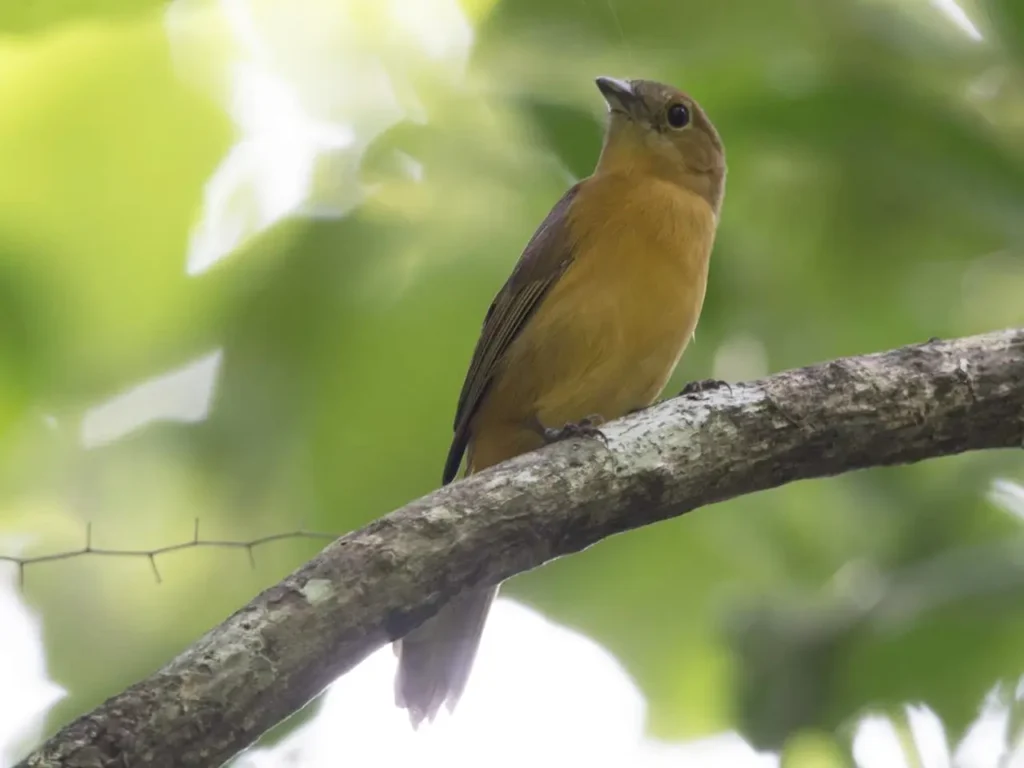
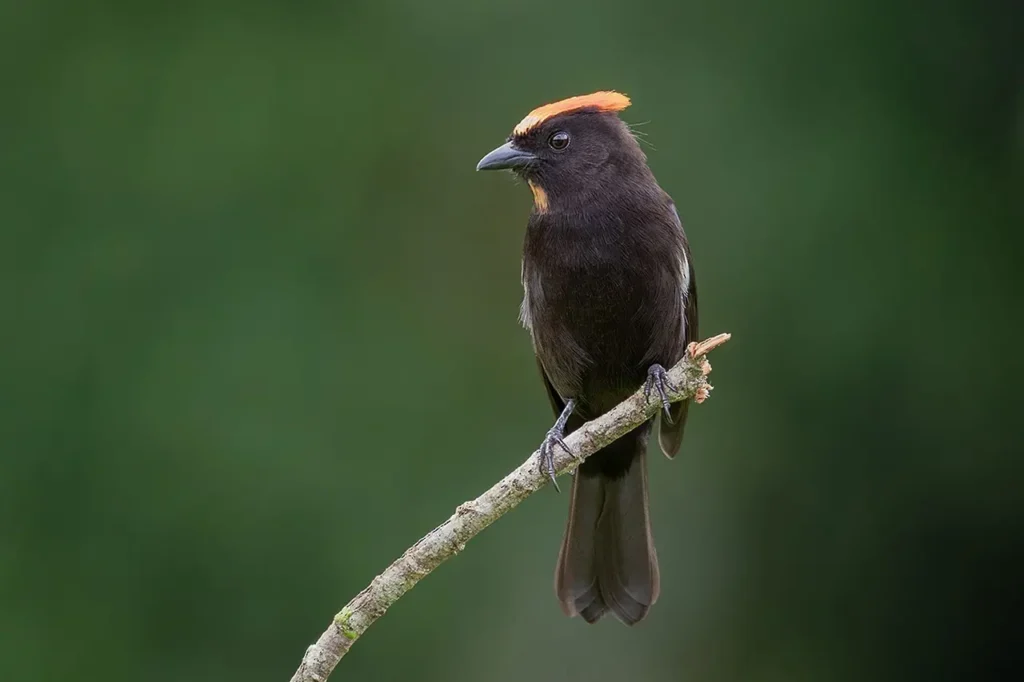
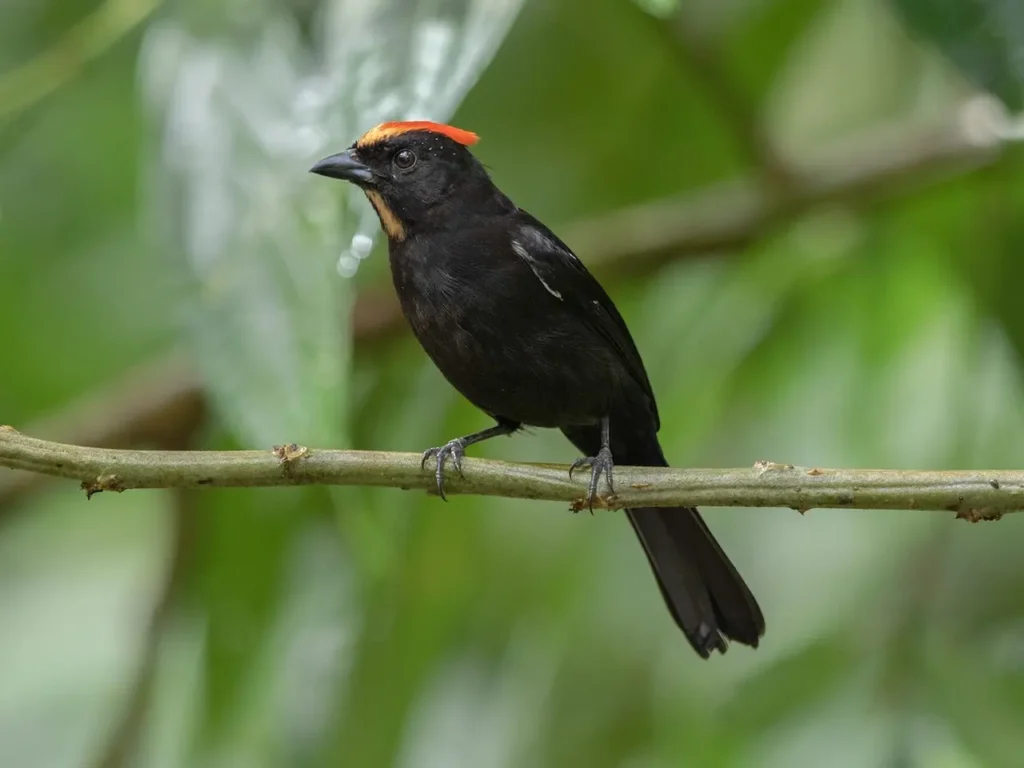
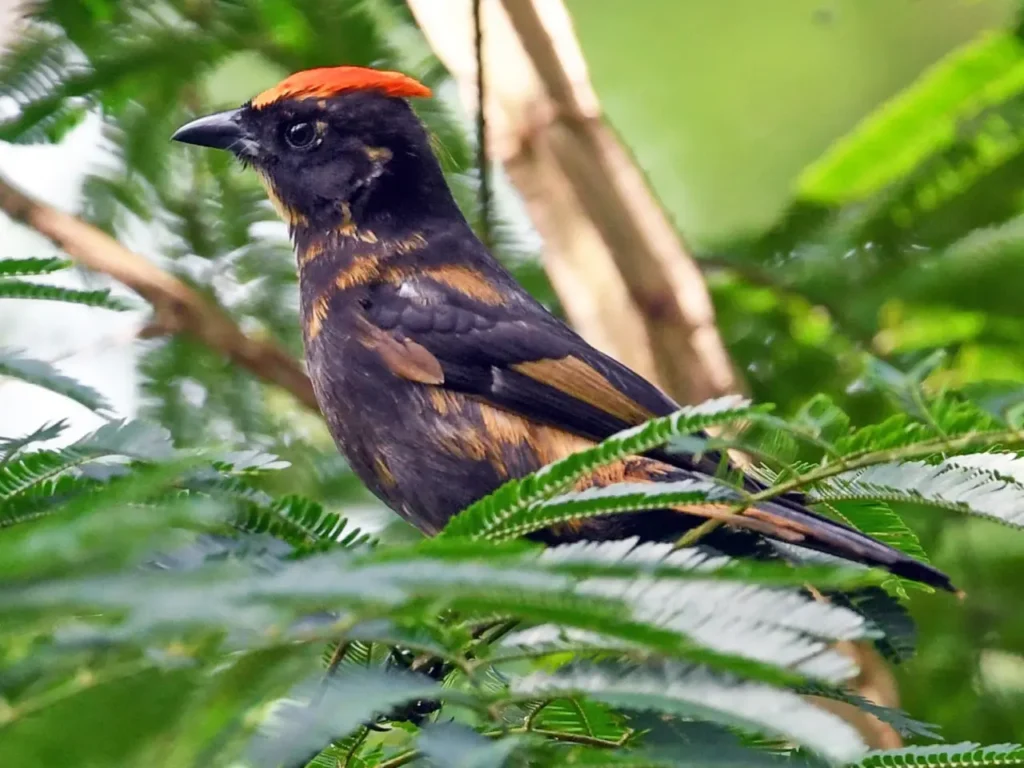
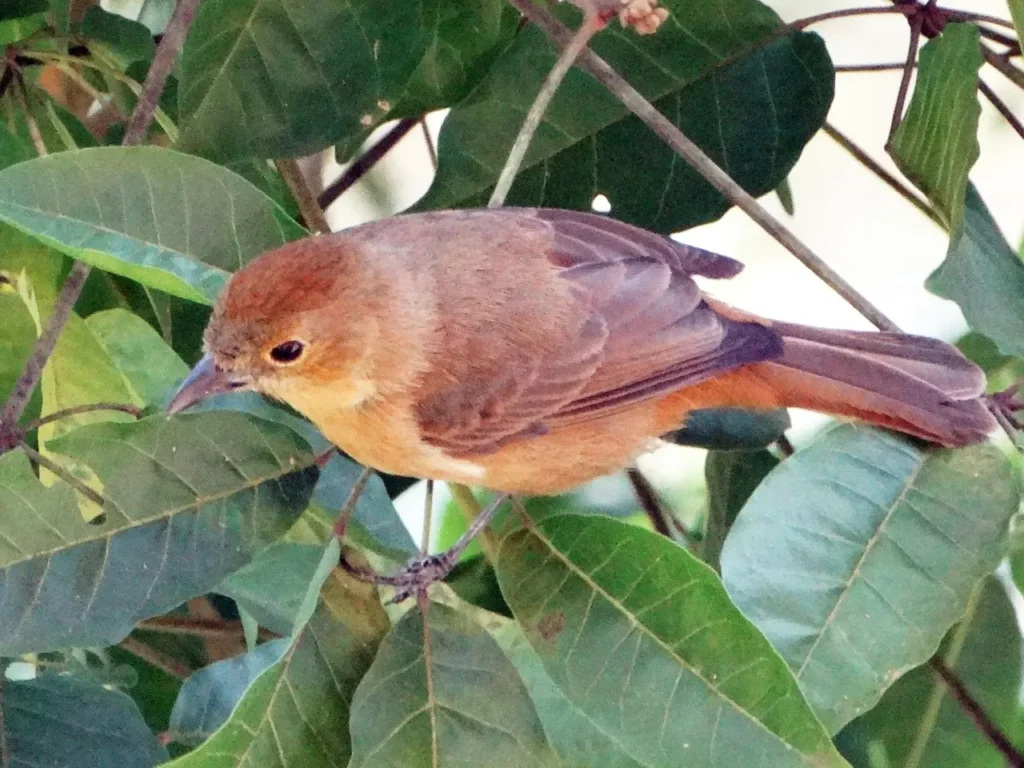
Appearance and Characteristics
The Flame-Crested Tanager is a visual masterpiece, known for its vivid and contrasting colors. Its body is adorned with a brilliant combination of deep black feathers and vibrant scarlet and orange plumage. The most captivating feature is its flame-like crest, which sits atop its head like a regal crown. This unique and eye-catching crest adds to the tanager’s allure and sets it apart as a true gem of tropical avifauna.
Behavior and Feeding Habits
As an active and arboreal species, the Flame-Crested Tanager spends much of its time high in the canopy. It forages for a variety of food, including fruits, insects, and small invertebrates. Its agile movements allow it to navigate the branches with ease, and its sharp eyesight helps it spot potential prey. This tanager’s dietary diversity plays an important role in its contribution to the ecosystem.
Habitat and Range
The Flame-Crested Tanager is found in a range of habitats, including tropical rainforests, woodland areas, and shrubby clearings, primarily in Central and South America. Its distribution spans from southern Mexico to Brazil and parts of the Amazon basin. These habitats provide the necessary resources, including food and nesting sites, for the tanager’s survival.
Breeding and Courtship
During the breeding season, male Flame-Crested Tanagers engage in captivating courtship displays to attract females. These displays often involve lively movements, such as fluttering wings and hopping between branches, accompanied by vocalizations. The striking plumage of the male serves as an attention-grabbing feature, while the female’s more subdued appearance provides camouflage for nesting and protection.
Conservation and Challenges
While the Flame-Crested Tanager is not currently considered globally threatened, it still faces challenges due to habitat loss, deforestation, and potential impacts from climate change. Conserving its diverse range of habitats is crucial for ensuring its continued presence and the preservation of its role within the ecosystems it inhabits.
Ecological Significance
The Flame-Crested Tanager, like many other avian species, contributes to the health and balance of its ecosystem through its roles as a predator of insects and a disperser of seeds. These interactions play a part in maintaining the intricate web of life within tropical rainforests and other habitats it occupies.
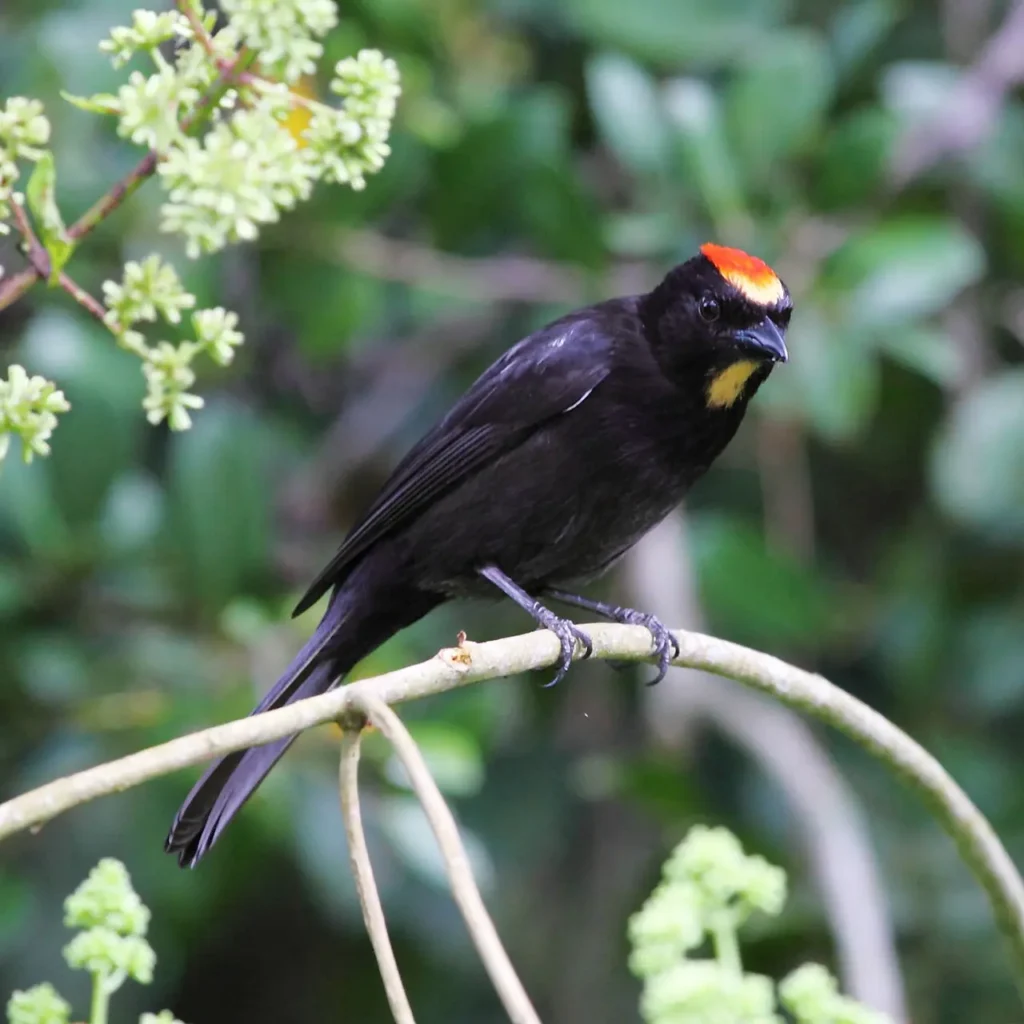
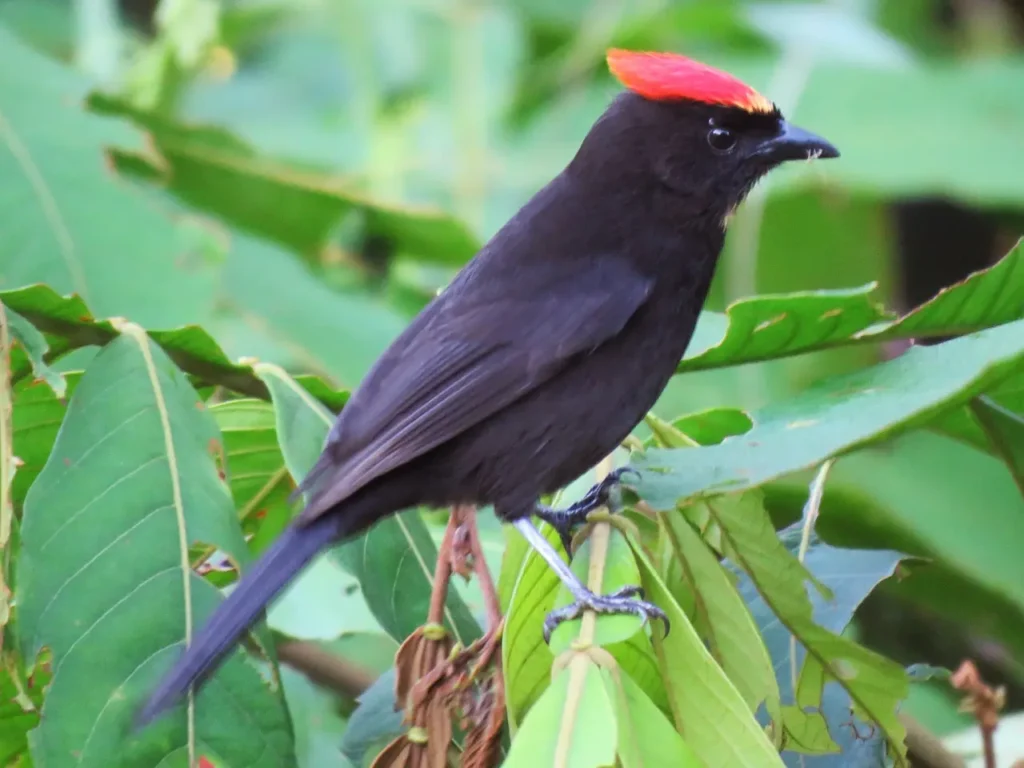
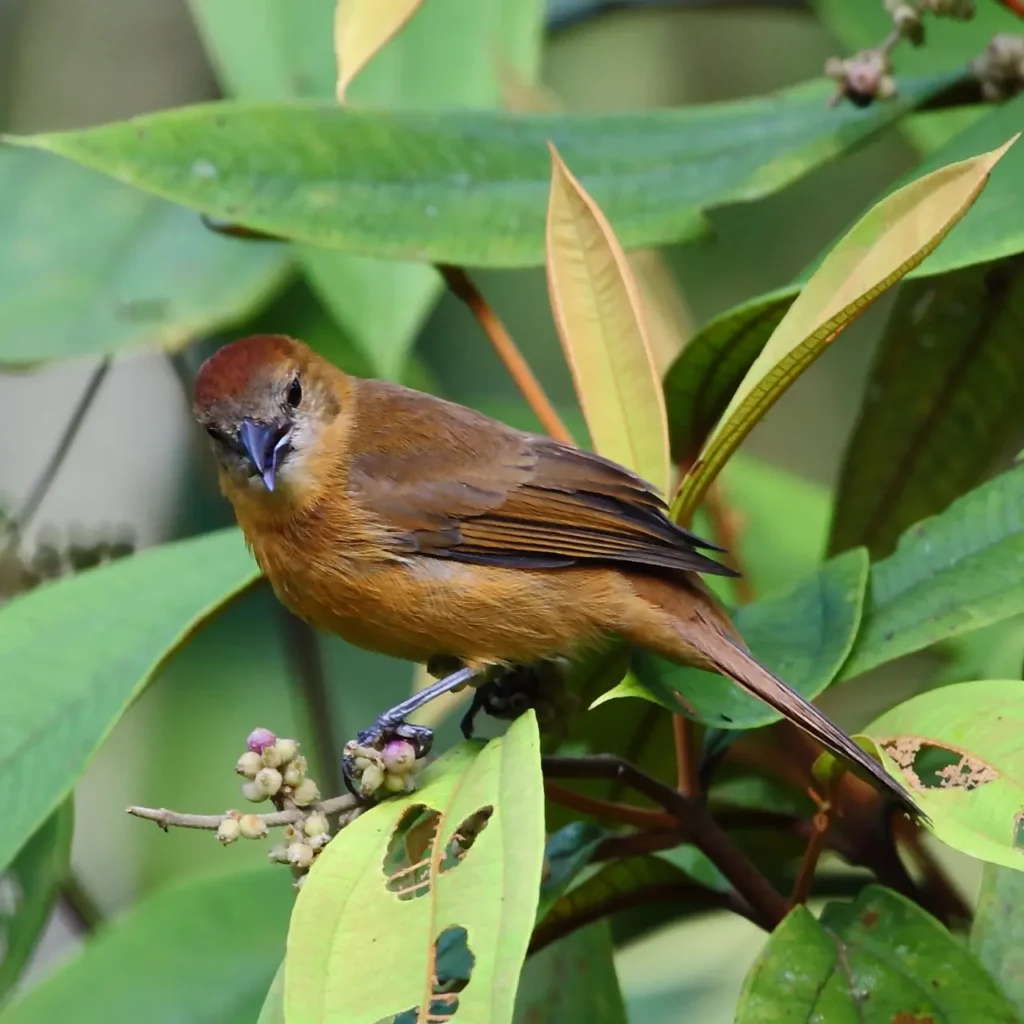
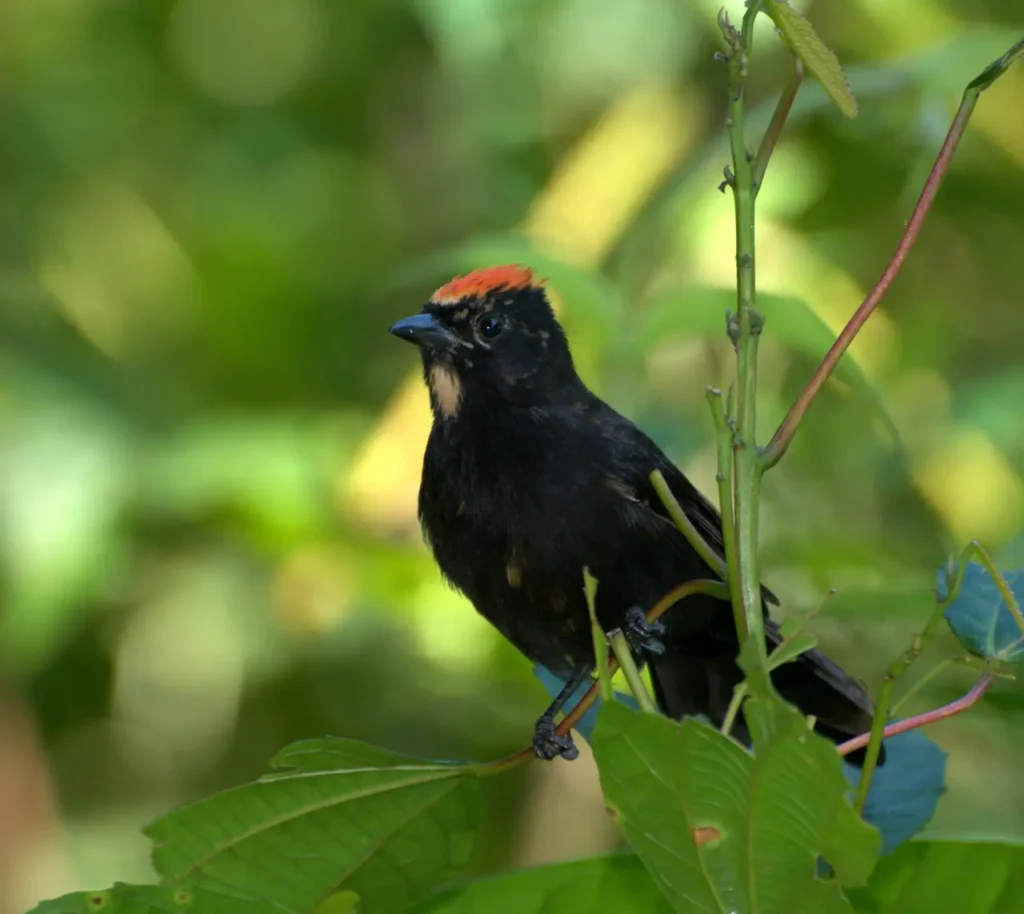
The Flame-Crested Tanager, with its fiery plumage, charismatic behaviors, and contributions to the ecosystem, stands as a testament to the beauty and complexity of nature. Its presence within diverse habitats serves as a reminder of the delicate interconnectedness of species and the importance of preserving the environments that sustain them. By valuing and protecting the habitats that house the Flame-Crested Tanager, we contribute to the preservation of the remarkable diversity of life that enriches our world.








